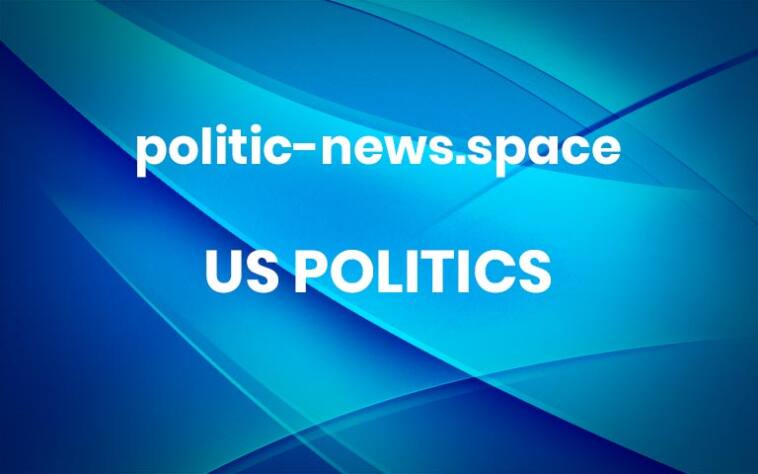US Coast Guard pursuing another oil tanker off coast of Venezuela
Official indicates vessel is subject to sanctions after Trump’s ‘blockade’ on sanctioned tankers in and out of VenezuelaUS Coast Guard officials said on Sunday they were tracking an oil tanker in international waters close to Venezuela, multiple unnamed US officials have told US media, marking the second such action over the weekend – and the third within the past week.What officials described as an “active pursuit” in the Caribbean Sea took place a day after the coast guard seized another vessel off the coast of Venezuela, as Washington ramps up its pressure campaign targeting the South American nation’s vital oil sector. Continue reading… More




